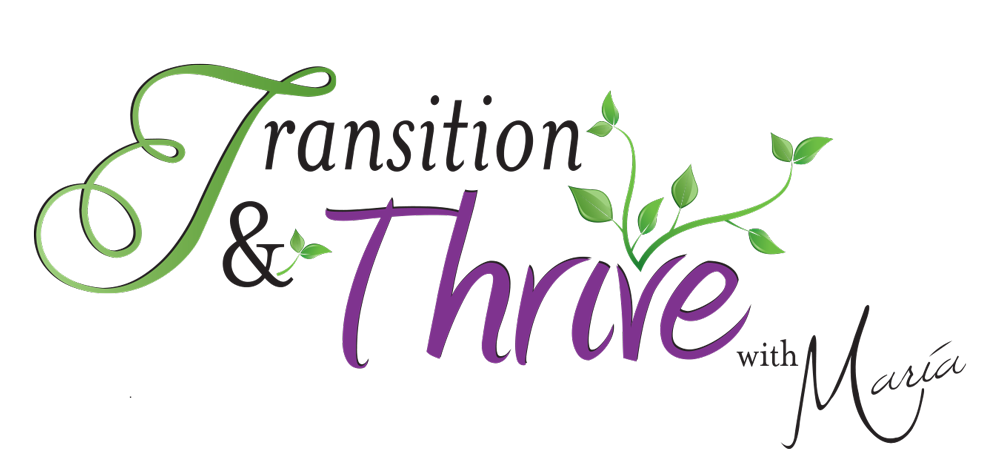Many people have advice about how to bounce back from failure. Just google it.
As I look back over 30 years in the corporate world, I had my share of failures—failed hiring decisions, failed projects, failed promotion attempts. In life, too, I’ve seen failures—two marriages, poor investment choices, deep financial ruts from bad decisions.
Honestly, it wasn’t until I started my own business that I got the full flavor of failure. The fear. The weight. The potential consequences. And it got me to thinking about what’s on the other side of it—success—and how we can bounce back from failure without skipping a beat.
In my career and life coaching practice, I talk with people about the way we perceive failure. And how others perceive us when we think we’ve failed. We talk about our choices and perspective. And how to bounce back from failure. Here are a few of my thoughts on the subject.
“Failure is really just success in progress.”
~Albert Einstein
Stop Torturing Yourself
If we believe what Albert Einstein said, we need to fail in order to succeed. Look at Thomas Edison as he was developing the lightbulb—he thought he found 10,000 ways it wouldn’t work. Great perspective.
So why do we torture ourselves when we think we failed? It’s the disappointment that things didn’t work out as we had hoped. It could be that we let someone else down in the process. We expected better of ourselves. We may have lost a boat-load of money and we’ve got some big gaps to close. Whatever the reason for beating yourself up, I have a question: Does staying in that torture chamber help you to change the outcome?
Own what happened and decide what you will do next. Stop looking in the rearview mirror—you’re not headed that way. Start looking through the windshield and find a new road. Start telling the story in a different way.
Here’s an inspiring way to look at it from someone who failed:
“We don’t look backward for very long.
We keep moving forward, opening up new doors, and doing new things,
because we’re curious … and curiosity keeps leading us down new paths.”
~Walt Disney
Manage Your Emotions
While you’re torturing yourself, you may be feeling emotions that take you down a rabbit hole and it’s hard to see any light down there. Pain, anger, doubt, fear. There could be so many others.
Allow yourself to feel. And to process those feelings. Because these emotions can be powerful, your first instinct may be to push them away—to take them down that rabbit hole and leave them there.
These feelings are normal as you bounce back from failure. Suppressing them can lead to misguided conclusions about your experience. When you don’t face the emotions head on and work through them so you can release them, they are likely to rear their ugly heads again.
If failure is really just success in progress, there are a lot of opportunities for these emotions to come back, again and again, unless you deal with them, so you know what to do with them next time.
“The only real mistake is the one from which we learn nothing.”
~Henry Ford
Think About Failure Differently
It’s all about your perspective. If it’s not a failure, what is it? Here are a few ideas for you to contemplate:
- Lessons to be learned
- A temporary condition
- An opportunity to gain clarity
- A chance to zero in on what’s important
- An opportunity to ask for help
- Success in progress
When you drag yourself out of the rabbit hole into the light, it always seems better. Shining a light on almost anything brings out the details, the intricacies and the flaws. Spend some time looking at all of these so you can make different choices and new plans for the next time you try.
“Failure should be our teacher, not our undertaker.
Failure is delay, not defeat. It is a temporary detour, not a dead end.
Failure is something we can avoid only by saying nothing, doing nothing, and being nothing.”
~Denis Waitley
Take a Break from It
The experience of feeling like we failed at something, and the aftermath of emotions, plus the effort we put into beating ourselves up is exhausting.
Putting some space between you and the experience can allow you to gain some breathing room. You may want to give it some time for the dust to settle, so you can look back with more objective eyes.
Do something that will take your mind off it. What do you love to do that gets your head in a different place? Walking, running or hiking can help you put distance between you and what you’re so worried about—literally. Going to a movie. Getting together with friends at an arcade or comedy club, where the distractions and the laughter don’t allow you to fret about your circumstance—just for a while.
When you come back to it, you may find more clarity about what happened and you’re able to explore options from a different point of view. With clarity comes creativity. New ideas can flow more freely when you’ve taken a break from the story you’re telling.
“It’s not how far you fall, but how high you bounce that counts.”
~Zig Ziglar
Connect with Why
Why did you want to do this thing you think you failed at in the first place? Is that “why” still important to you? Is there another way to accomplish it?
And if the original “why” is no longer as significant a reason, what else could you do instead that supports a more important “why?”
Have you ever done the “5 Why” exercise? Here’s an example:
What do you want to do? “I want to adopt children.” Why is that important? “Because from the time I was a teenager I’ve dreamt about it.” Why? “Because being an adoptive mom always felt right to me.” Why? “Because I want to help children who have no one.” Why? “Because they are alone and abandoned and I want them to experience a family.” Why is that important? “Because I have so much love in my heart and these kids deserve a loving home.”
The deeper you go in answering the question “why?” the closer you get to a reason that will sustain you in a vision that is bigger than you. Go back and examine your “why” for doing what seems like a failed attempt. Did you stay on course? Or did you veer away from your original plan? Was your “why” big enough?
“Failure isn’t fatal, but failure to change might be.”
~John Wooden
Find Your Motivation to Bounce Back
Figuring out the lessons from the experience, which often steer you into exploring new ideas and options, can be just the motivation you need to try again.
Search for the blessings—the silver lining—in the experience, so it can lift your spirits as you forge ahead.
Be grateful for the experience and allow that to fuel you as you make different choices the next time.
Find the right people to surround you in your next venture. Whether it is a business opportunity or a relationship, people who have your back can lift you up, shed some light, and hold you accountable for each step you take.
Become excited about your decision to move on to the next thing. Turn the fear and doubt, which are always there no matter how expert at failing you become, into something that motivates you. I like to reframe fear into excitement. I still feel the same weight on my chest and pit in my stomach, but I think of it differently. If I’m feeling excitement rather than fear, then it pushes me forward rather than holds me back.
“Success is stumbling from failure to failure with no loss of enthusiasm.”
~Winston Churchill
Move Forward with Courage
It is the courage to continue that counts—and it definitely takes courage to take a good hard look at things and change the way you think about failure.
And, it’s not how far you fall, but how well you bounce back that counts. Resiliency is required. Having a thick skin is really helpful. And, a sense of humor is non-negotiable, so you don’t take yourself too seriously.
If you can’t look back and laugh, invite someone you trust to help you find the humor in the failure—there always is some.
Stepping onto Your Bridge
When life-changing moments flip the world upside down, I create a bridge for women so they can turn chaos into calm, build resilience and learn to live a life guided by their own values and vision. If you’re ready to take the first step onto your bridge and explore how change can impact you and how to move through it with more dignity and grace, get my free ebook From Darkness to Light: Learning to Adapt to Change and Move Through Transition.
Image credit: Ryderwear | https://au.ryderwear.com

